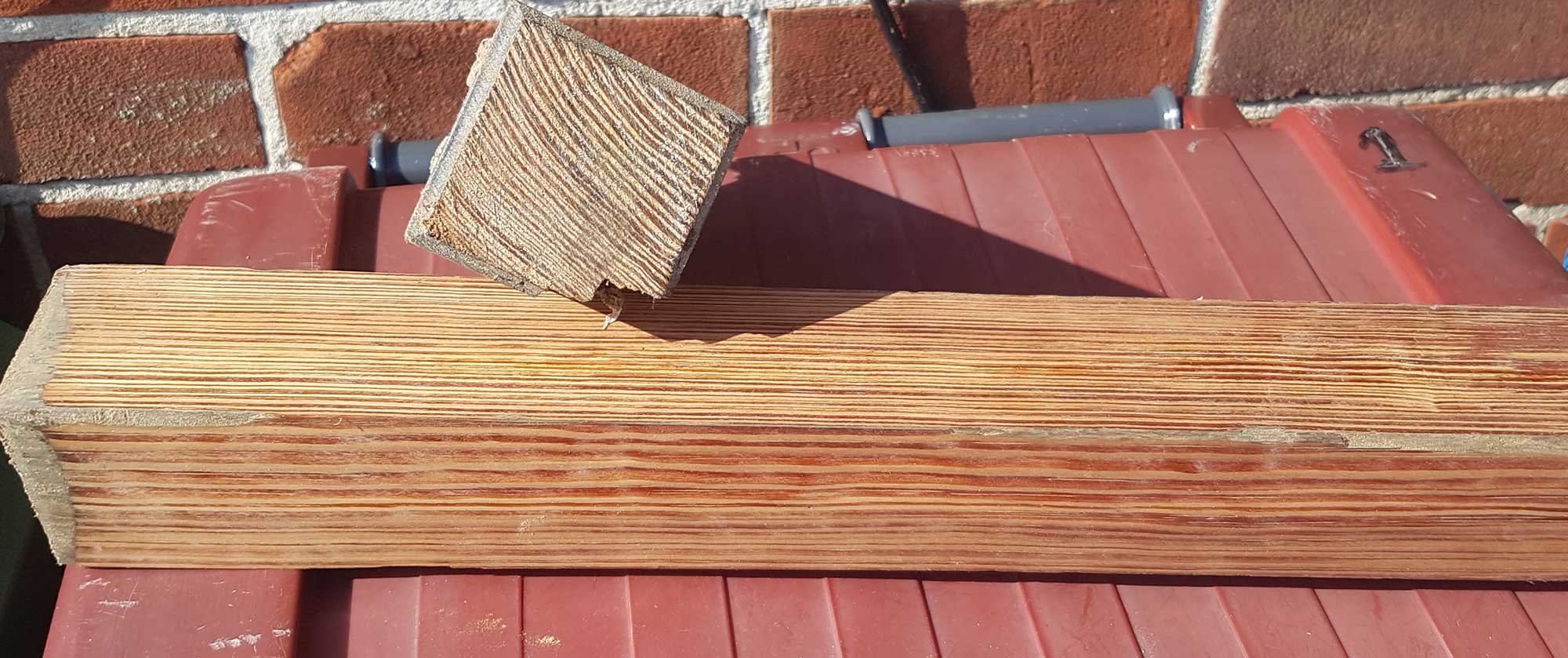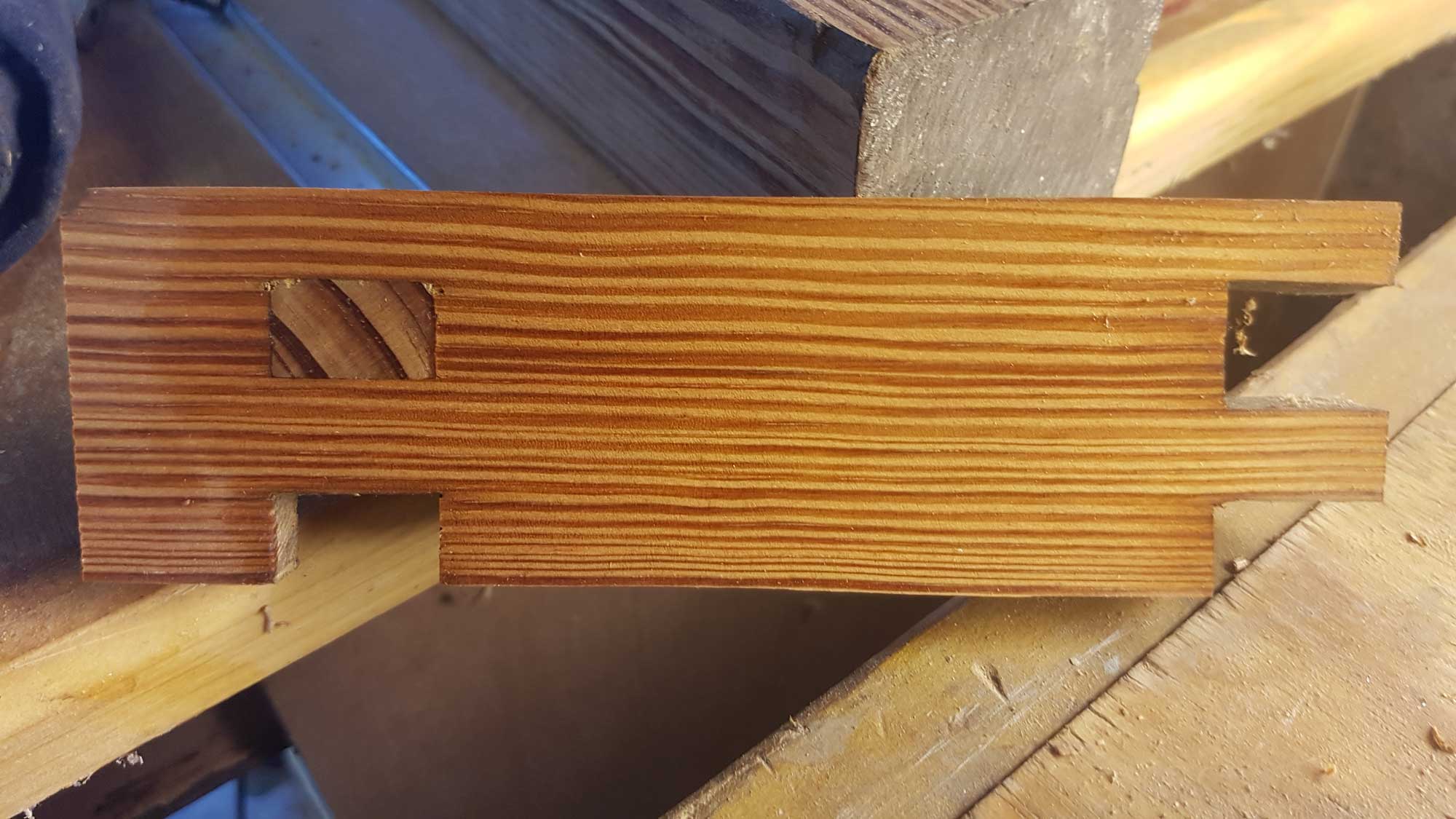Peri
Established Member
I found a couple of table legs under my dads shed. He's been gone 20 odd years now, and he would never of dreamed of buying 'new' timber, so these were either given to him, or it was a skip/tip find.
They've been sat in my shed for about 5 years, I didn't think they were anything special until today when I took a plane to one of them.
They are incredibly dense. One piece measures 54x6x6cm and weighs 1825g, so around 0.9g/cm3 (google tells me teak and rosewood are around that).
Any ideas?


They've been sat in my shed for about 5 years, I didn't think they were anything special until today when I took a plane to one of them.
They are incredibly dense. One piece measures 54x6x6cm and weighs 1825g, so around 0.9g/cm3 (google tells me teak and rosewood are around that).
Any ideas?



































